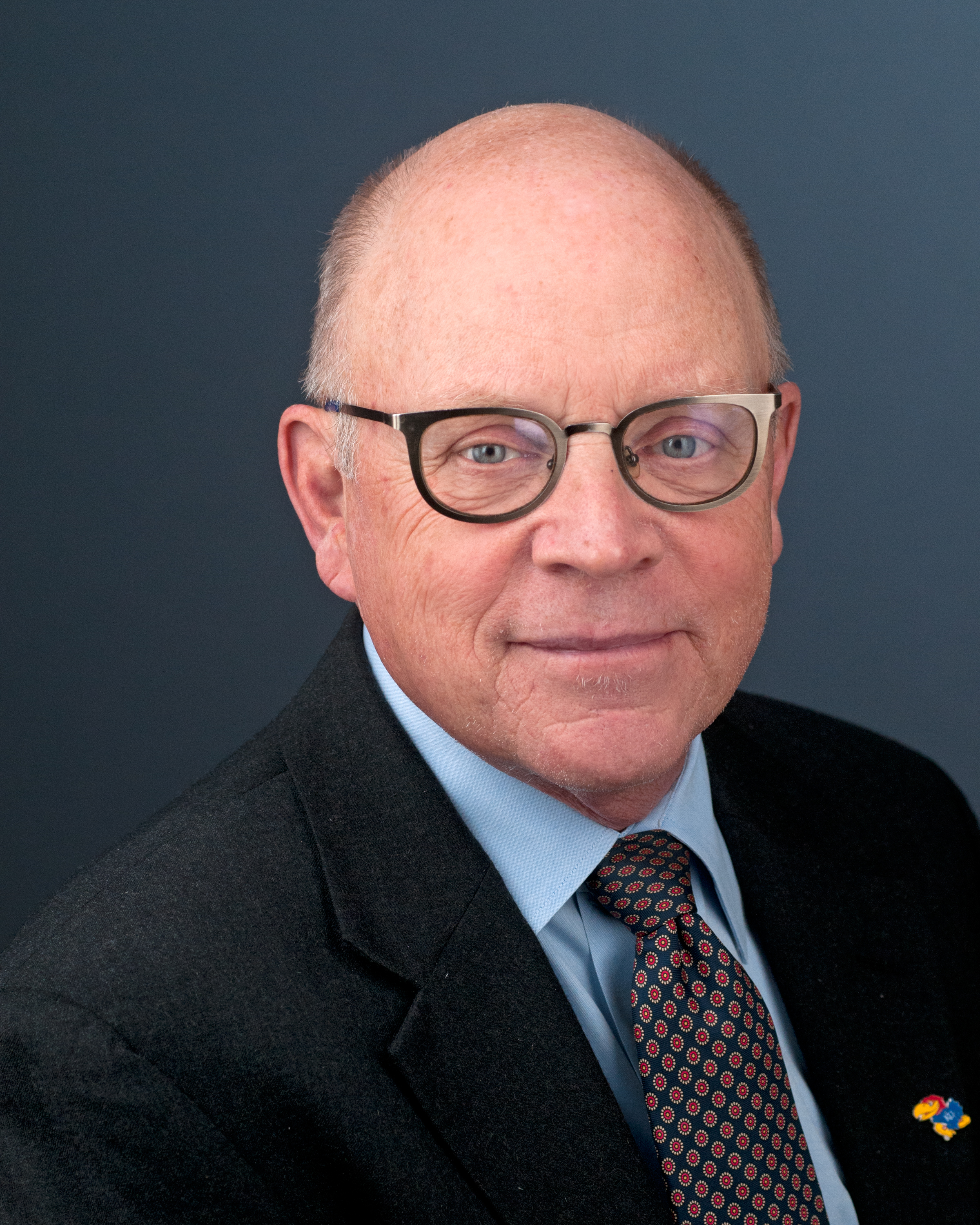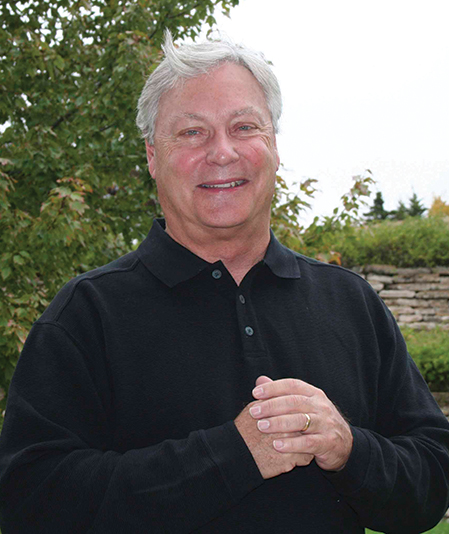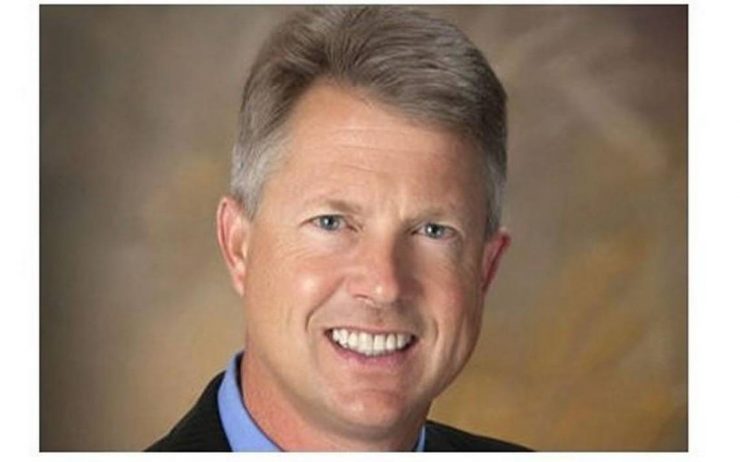I recently talked to a national reporter who came to Kansas to cover the Legislature’s wrap up session. He wanted to know how we arrived at our current Rubik’s Cube puzzle of revenue, funding, and budget issues.
Here’s my story of how Kansas arrived in its current circumstances.
From the early 1970s until 2010, Kansas was governed by a loose, moderate-conservative coalition of legislators and governors who did a more-than-decent job of representing the wishes of the electorate. Save for four years in the House, GOP lawmakers held clear majorities in both chambers. Still, for much of the period, elections were competitive, especially for governor; a mix of conservative Republicans, moderate Republicans and Democrats governed in responsible ways.

Major governmental obligations, such as education and highways, were funded adequately; the three-legged stool of income, property, and sales taxes provided steady, if not opulent, revenues.
Were there major conflicts within the Legislature during this 40-year period of moderate-conservative governance? Of course. There were fights over education funding, tax levels, prisons, highway construction, abortion, universities, etc. There were partisan battles, and rural-urban skirmishes. In the end, legislators deliberated, compromised, and finished their work in early May, often with cross-party majorities on major issues.
I’m not trying to paint some idyllic version of Kansas politics. A school-funding struggle raged in the courts for ten years, eventually requiring a large infusion of cash. There were winners and losers, and the most conservative Kansans accurately viewed their interests as consistently under-represented. Slowly, over the 1990-2010 period, the right wing of the GOP gained power, both within the party and inside the Legislature. But with Bill Graves, Kathleen Sebelius and Mark Parkinson occupying the governor’s office, moderate-conservative governance remained in place.
The 2010 off-year elections produced state and national Republican landslides. Sam Brownback and a far-right GOP majority won convincingly, more in response to President Obama and his health care legislation than statewide issues. Still, the Governor could argue that he had a mandate to shrink government and cut income taxes.
Although 2011 saw mostly symbolic issues, such as defunding the Kansas Arts Commission, move through the process, the 2012 legislative session produced the set of major income tax cuts that profoundly affected the state. Ironically, the Senate that passed Brownback’s “great experiment” tax cuts represented the last vestige of the moderate-conservativism in state government, as its members had won election in 2008. The Senate leadership trusted the governor to negotiate a more moderate bill, but he ended up signing one with steeper cuts than even he had proposed. And he took full credit.
In 2012, the governor and his allies campaigned vigorously against several moderate and conventionally conservative Republican senators, resulting in far-right chamber that matched the House over the next four years.
With lower income tax rates, total exemptions for 330,000 businesses, and, to be fair, economic downturns in oil, agriculture, and aviation, revenues plummeted after 2013. Any number of stopgap, one-time fixes were adopted, including massive transfers from the state highway fund. Sales taxes were increased, but revenues continued their decline. Once again, the Supreme Court again decided that K-12 education funding was constitutionally inadequate.
Finally, in the 2016 primary and general elections, something approaching the traditional moderate-conservative legislative membership was restored; lawmakers immediately faced the difficult, inter-connected problems of reduced revenues, $900-million in budget deficits, school funding, and Medicaid expansion, along with many other related issues, such as finding $24 million to keep guns out of hospitals.
That’s the Cliff Notes version.
It took a lot of digging to get here. We’ve got a long haul to see daylight.
Burdett Loomis is a Professor of Political Science at the University of Kansas.





























